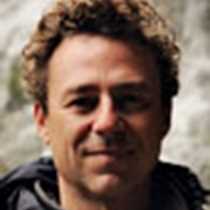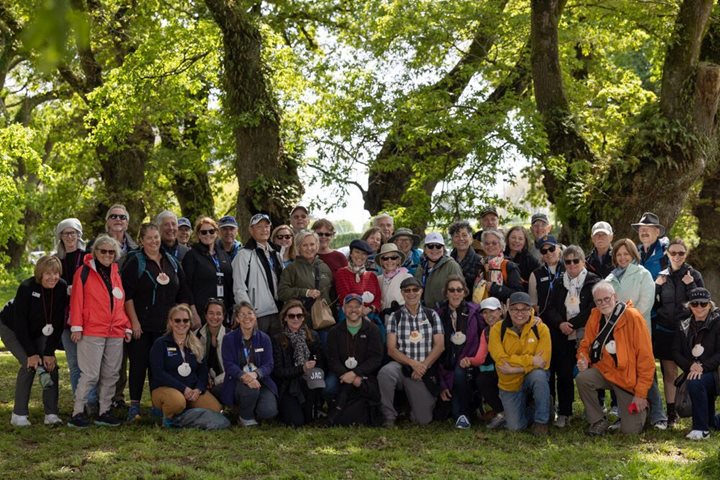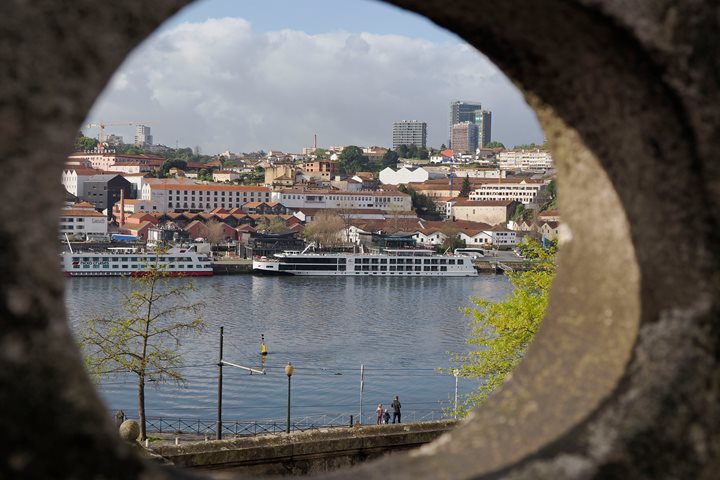As in Robert Frost's famous poem "The Road Not Taken," life is like a path. Most people like to know where the road leads. I'm not usually one of them, but for the thousands of pilgrims who walk El Camino de Santiago every year, there's comfort in knowing where the trail ends… at the Cathedral in Santiago de Compostela. A steady stream of people have been walking tens, sometimes hundreds, of miles across Europe to this destination for over 1200 years, enduring blistered feet, hunger, exposure to the elements and probably the occasional bandit or two in their quest for spiritual growth and enlightenment.
Our journey was considerably easier then most, aided is as it was by the extremely comfortable National Geographic Orion ship followed by a luxurious bus ride and a walk from the bus depot of about 500 yards that took us to the Cathedral. Granted, some of our guests did decide to recreate a small portion of the walk to Santiago, but their bus dropped them just a mile or two outside of town so they didn't really earn the seashells that were draped around their necks indicating that they had completed the full Camino. But hey, it’s the thought that counts, and visiting Santiago provided an opportunity to ponder the symbolic significance of this physical and spiritual journey.
Nestled in the rolling hills of Galicia, the region in Spain's northwest corner that is home to a distinctly Celtic culture, Santiago is a lovely city with an open spirit that comes from a long history of welcoming outsiders. One can roam its medieval streets for hours without fear of getting lost: just follow the brass seashells embedded in the granite paving stones, they will show you the way. Speaking of The Way, that is actually the title of a nicely crafted Martin Sheen film about a father seeking to connect in spirit with his son, who died from an accident while walking on the Camino. It’s a wonderful film for anyone wanting to get a sense of why people from around the world embark on the journey to Santiago.
I'll give you a hint: its not just to see an ark containing a pile of bones in the Cathedral's crypt that may or may not be those of St. John, one of the original apostles of Christ. While, as the local saying goes, "it's not impossible that it's possible" that the corpse of this prophet from Jerusalem somehow made it to this far corner of Europe where his bones remained undisturbed for 2000 years is a bit far fetched…but it could be true.
Better not to get hung up trying to solve the mystery, this is after all, a place whose very existence depends on faith. Our travelers got to experience Santiago's spirit of belief, community, and brotherly love at the mass they attended at the Cathedral. It was a moving experience, even for non-Catholics in the audience. Even non-believers get a lump in their throats when watching the Botafumeiro, a large censer that swings in large, every increasing arcs at the end of each service. It nearly touches the celestial ceiling of the Cathedral, its aromatic smoke trailing mystically through the air.
After the service, we retreated to the nearby Hostal dos Reis Católicos, a former hospital founded by Ferdinand and Isabela in 1486, now a luxury hotel, where we were treated to more terrestrial pleasures. Tables were spread out before us with a sumptuous array of local tapas, including ample amounts of the region's squiggly specialty: octopus. A local folkloric dance troupe demonstrated the lively sounds of Galician music and dance, which has experienced a resurgence of late thanks to a number of local stars who have gone on to worldwide fame such as bagpipers Carlos Nuñez and Hevia. A quartet of haunting female voices were accompanied by the jangling beats of the pandeireta, a local frame drum similar to a tambourine, as six young dancers dressed in traditional clothing moved their feet with speedy steps and large smiles on their faces.
Eventually, after some free time for wandering the streets of Santiago, it was time to return to ship. The path that brought us to Santiago now takes us towards different destinations. On this Lindblad Expedition our itinerary is thoroughly mapped out and all we have to do is look in our daily programs to see where we will be in the future. Ah, if only life were always that simple…although now that I think of it, I'm very glad it isn't. When confronted with diverging paths whose destinations lead we know not where, I prefer, as did Robert Frost, to take "the one less traveled by." It really does make all the difference.







